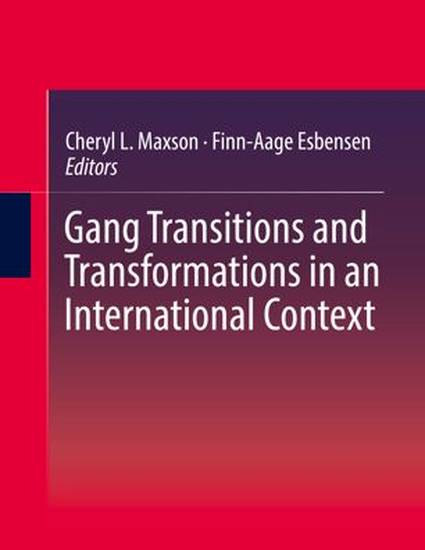
Contribution to Book
Gang Membership and Involvement in Violence among US Adolescents: A Test of Construct Validity
Gang Transitions and Transformations in an International Context
(2016)
Abstract
This chapter examines criminal and violence propensity among youth defined as gang involved by three unique definitional approaches (self-nomination, friends are a gang, and the Eurogang definition) and, in doing so, builds upon two lines of research. First, we expand Youth gangs in international perspective: Results from the Eurogang Program of Research, New York, 17–34, 2012 investigation into the construct validity of these different operationalizations of gang affiliation, which compared demographic, attitudinal, and behavioral differences across these definitions. Second, Melde and Esbensen (J. Res. Crime Delinq. 51(3):349–376, 2013) examined the extent to which self-nominated gang members engage in more violent offending relative to their overall offending. While making use of the same data source (the second National Evaluation of the G.R.E.A.T. Program), the current chapter merges these two studies to determine whether or not findings from Melde and Esbensen (J. Res. Crime Delinq. 51(3):349–376, 2013) are replicated for youth who fit the Eurogang definition as well as youth who report that their group of friends are a gang.
Disciplines
Publication Date
January 1, 2016
Editor
Cheryl L. Maxson and Finn-Aage Esbensen
DOI
10.1007/978-3-319-29602-9_3
Citation Information
Chris Melde, Finn Aage Esbensen and Dena C. Carson. "Gang Membership and Involvement in Violence among US Adolescents: A Test of Construct Validity" Gang Transitions and Transformations in an International Context (2016) p. 33 - 50 Available at: http://works.bepress.com/finn-aage-esbensen/10/
